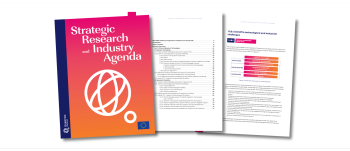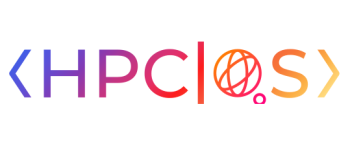

The CFQT is the reference framework for planning, mapping and comparing QT-related educational activities, personal qualification and job requirements. It serves as the common reference in QT education and workforce development and can be applied for a variety of purposes. The new version 3.0 consists of minor refinement and corrections. The major extension was made in version 2.5, documented in the paper Extending the European Competence Framework for Quantum Technologies: new proficiency triangle and qualification profiles.
The CFQT has been compiled in the Quantum Flagship CSAs (QTEdu, QUCATS), and was developed based on extensive research into the needs and requirements of the emerging quantum workforce, including the analysis documented in the paper Advancing quantum technology workforce: industry insights into qualification and training needs.
It consists of a structured taxonomy of QT-related concepts and topics, i.e., the content map, which is complemented by descriptions of six proficiency levels for each of the three proficiency areas. These descriptions focus on required knowledge and skills based on the levels of the European Qualifications Framework (EQF). In addition, nine qualification profiles illustrate prototypical qualifications relevant for the quantum industry along with sample personas/job roles and related (training) needs and suggestions.
Version 3.0 is now officially available via the Publications Office of the European Union.
The new Certification Scheme for QT Proficiency has been introduced, providing sample tasks and further details on how to achieve a particular proficiency level of the CFQT. It includes sample tasks for the beginner levels and outlines typical forms of qualifying work (e.g. thesis, development project, or strategic analysis) for the advanced levels.
Download Competence Framework for QT - Version 3.0(official EU publication)
Advancing quantum technology workforce: industry insights into qualification and training needs
News on European Competence Framework for Quantum Technologies (Version 2.5)
European Competence Framework for Quantum Technologies (Version 3.0)



